Statitsa (kermek) belongs to the herbaceous perennials of the Svchatkov family. However, the genus contains both dwarf shrubs and annuals. An attractive plant suitable for garden decoration as a resident of a flower bed. The cut plant is widely used for flower arrangements. Statice is popular in many European countries, where it is grown as a perennial plant. In the northern regions, kermek has to be sown every year, growing in seedlings at home.
general description
 Statice is a tall plant with erect peduncles and a basal rosette of leaves. Stems growing up to 80 cm most often leafless and densely pubescent... A voluminous dark or light green rosette looks very impressive. The plant owes its bright outfit not to the corollas, which are hardly noticeable and featureless. Cups of flowers have a multi-colored color. Their color range is very diverse. They can be snow white, yellow, pink, dark purple, bright blue, crimson, red. Small flowers form a double inflorescence - a spikelet, which can be in the form of a panicle or shield. The peak of flowering of kermek is in the middle of summer.
Statice is a tall plant with erect peduncles and a basal rosette of leaves. Stems growing up to 80 cm most often leafless and densely pubescent... A voluminous dark or light green rosette looks very impressive. The plant owes its bright outfit not to the corollas, which are hardly noticeable and featureless. Cups of flowers have a multi-colored color. Their color range is very diverse. They can be snow white, yellow, pink, dark purple, bright blue, crimson, red. Small flowers form a double inflorescence - a spikelet, which can be in the form of a panicle or shield. The peak of flowering of kermek is in the middle of summer.
Breeders have bred a large number of varieties of this amazing plant, including the most popular are:
- The statice is notched - a plant up to 60 cm high. It is distinguished by small flowers, the diameter of which reaches only one centimeter. The calyx can be pink or white, but most often it is blue-violet in color.
- Broad-leaved statice is a bush up to 60-80 cm high, which, during flowering, has the shape of a ball. Its stems are covered with oblong, wide leaves up to 15 cm wide. It blooms with very small flowers of blue-violet color.
Growing from seeds
 Depending on the region, the plant is grown as a perennial or annual. Most often, kermek is propagated by seed at home. It is not recommended to propagate the statice by dividing the bush, because due to the special structure of its root system, it is difficult for transplanting and it takes a long time to recover.
Depending on the region, the plant is grown as a perennial or annual. Most often, kermek is propagated by seed at home. It is not recommended to propagate the statice by dividing the bush, because due to the special structure of its root system, it is difficult for transplanting and it takes a long time to recover.
Small elongated kermek seeds are enclosed in a dense ribbed shell, which causes difficulties in their germination. It is impossible to peel off the shell, and in order for the seeds to hatch, you can "walk" over them with sandpaper or a coarse file. After that, they are placed in wet sawdust for 2-3 days or, according to the instructions, are soaked in epine.
Seeds prepared for planting are sown in disposable cups or pots. It all depends on where the plant will live. If the room is decorated with kermek, then sowing can be done directly into pots. For plants that will be grown in the open field, it is better to choose peat cups so as not to injure the roots during transplantation.
Seeds are sown in late February or early March. One seed should fall on one pot, since the roots of the statice are very voluminous. The sowing soil must be loose. Can be used in stores seedling soil mixture... If it seems very dense, it is recommended to add sand. Before using the substrate, it is recommended to prepare:
- sift by removing various twigs, lumps and other debris;
- ignite in the oven or spill with potassium permanganate solution to neutralize fungal infections and pests;
- moisten with water at room temperature.
The seeds are placed in deep pots and sprinkled with a little earthen mixture. The containers are covered with polyethylene or glass and placed in a warm place. To prevent mold from appearing on the soil, it must be ventilated daily for half an hour, at the same time checking the humidity. The dried soil is sprayed with warm water.
The first shoots should appear in about ten days. However, if comfortable conditions have not been created, the period for pecking seeds can take up to three weeks. To speed up the process, experienced florists daily for 4-5 hours warm containers with seedlings using 60 W conventional fluorescent lamp.
Landing in open ground
The roots of the plant grow very quickly, therefore, it is not recommended to tighten it with planting in open ground. Planting is carried out in late spring, when the threats of night frosts have passed. So that the statice grows well and pleases with its flowering for a long time, when planting it some rules must be followed:
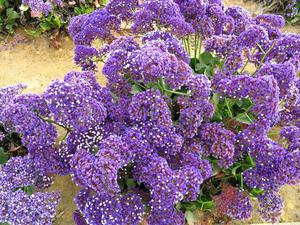 When choosing a place, one should take into account the fact that the plant is photophilous and grows well even in areas with direct sunlight. In the shade, kermek will develop poorly, practically will not bloom. Its roots in such conditions can begin to rot over time.
When choosing a place, one should take into account the fact that the plant is photophilous and grows well even in areas with direct sunlight. In the shade, kermek will develop poorly, practically will not bloom. Its roots in such conditions can begin to rot over time.- When planting young plants, a distance of 30 cm is maintained between them. In this case, the bushes will grow well and bloom in large flowers.
- The soil should be loose and well-drained. In the area where the flower will grow, water should not stagnate. Calcareous and neutral soils are best suited for growing statice.
Care features
When grown outdoors, caring for the statice consists of sparse watering, feeding the plant and loosening the soil around the bush.
Since the plant is adapted to receive enough moisture from rain and night dew, it is rarely required to water... This should be done only if leaves are drooping on the bushes, which is a sign of a lack of water. For better flowering, experienced flower growers recommend pouring a saline solution made from seven teaspoons of salt and ten liters of water once a season.
It is often not necessary to feed the statice. It will be enough to apply complex fertilizers directly to the soil during planting. If the soil on which the kermek grows is very poor, then once every two weeks, fertilizing with liquid fertilizers is carried out.
The statice is definitely not a plant category that is easy to grow. However, its sophistication and attractiveness as a decoration of a flower garden and a component of bouquets cover all possible difficulties in care.
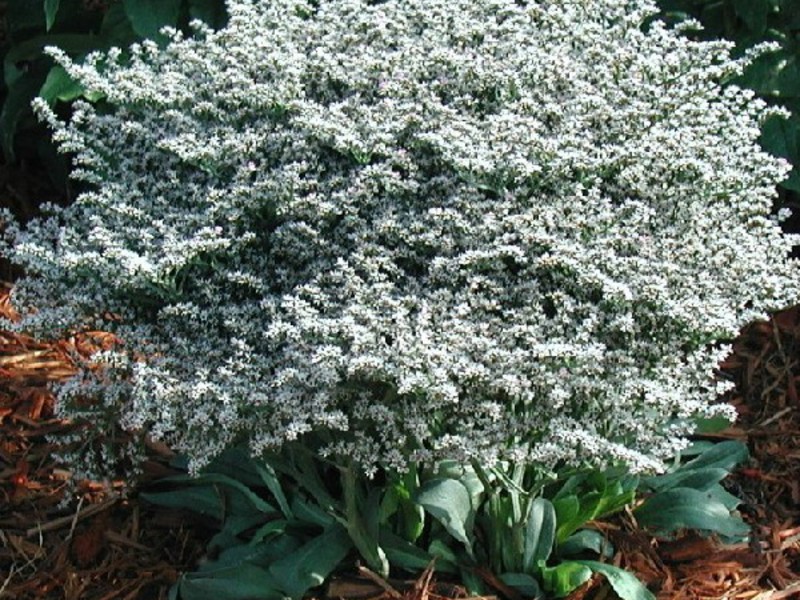
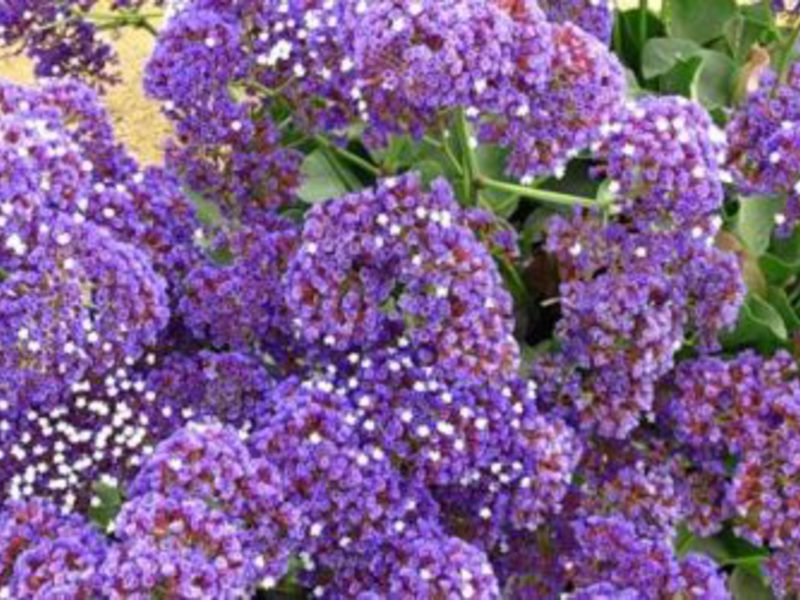
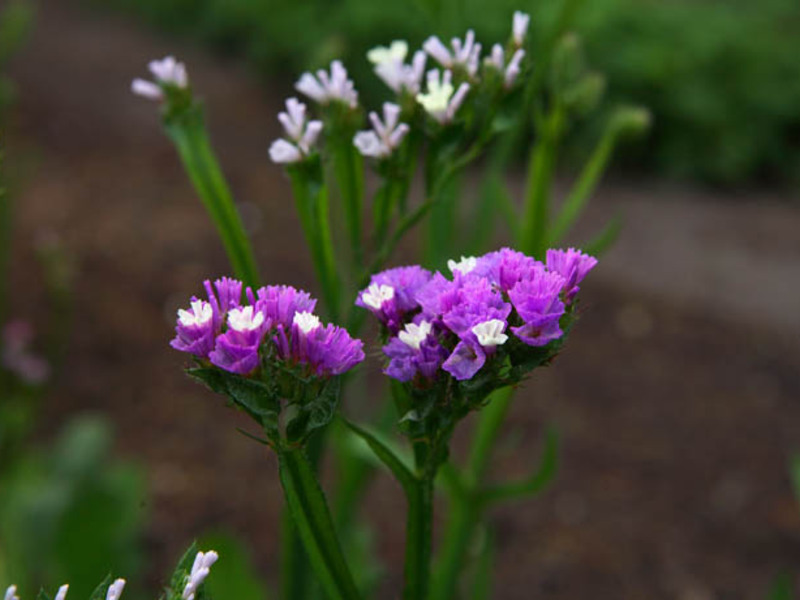
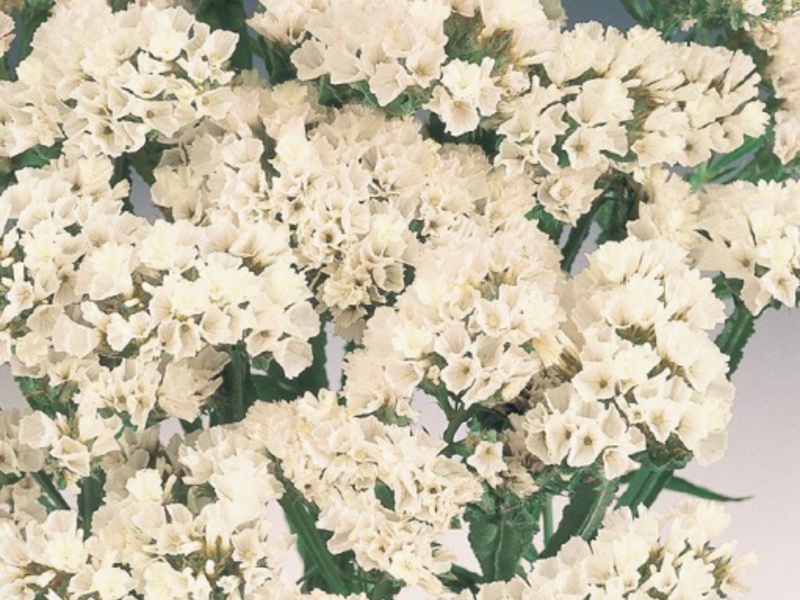
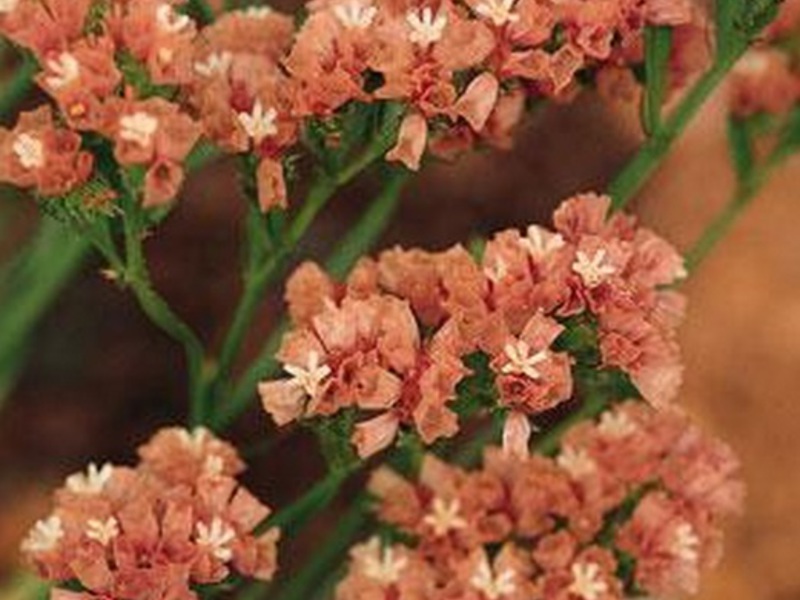
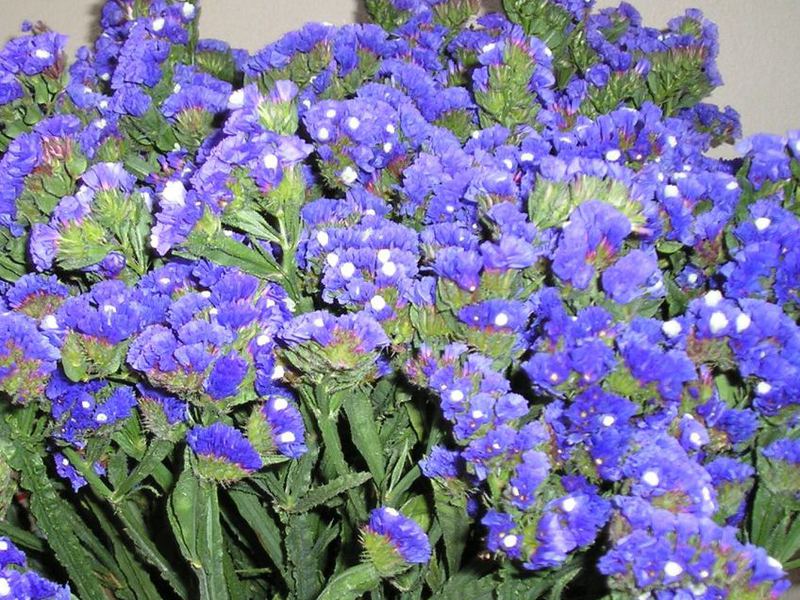
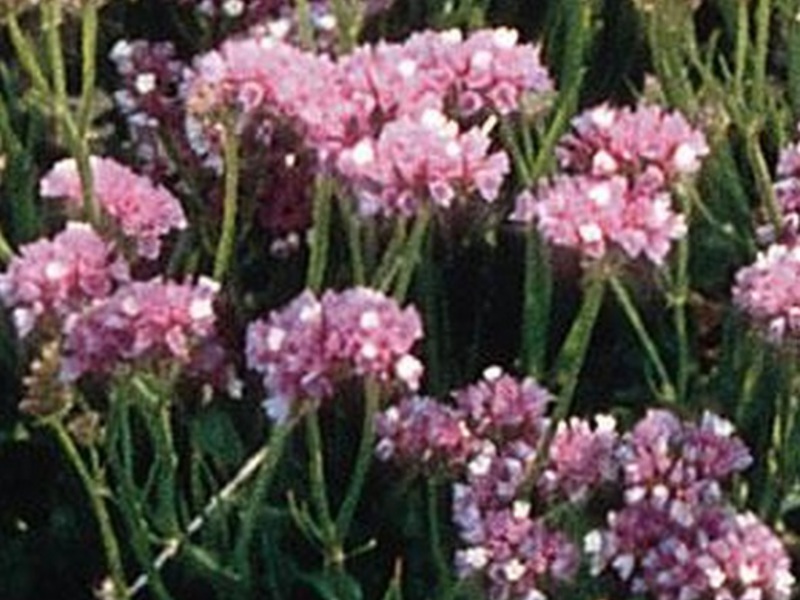
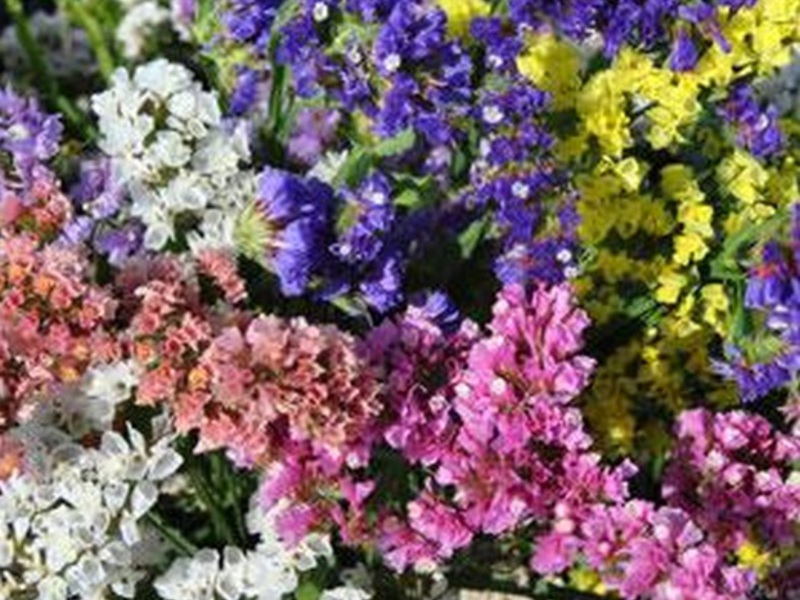
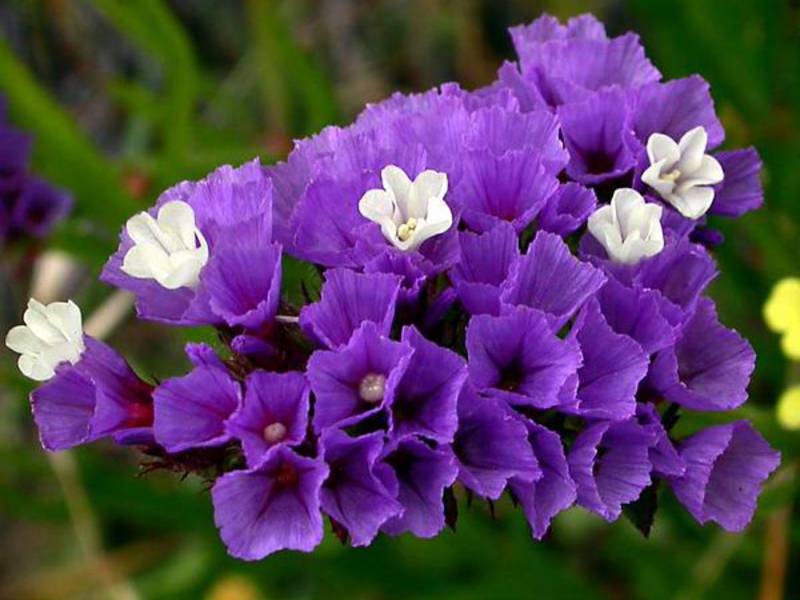
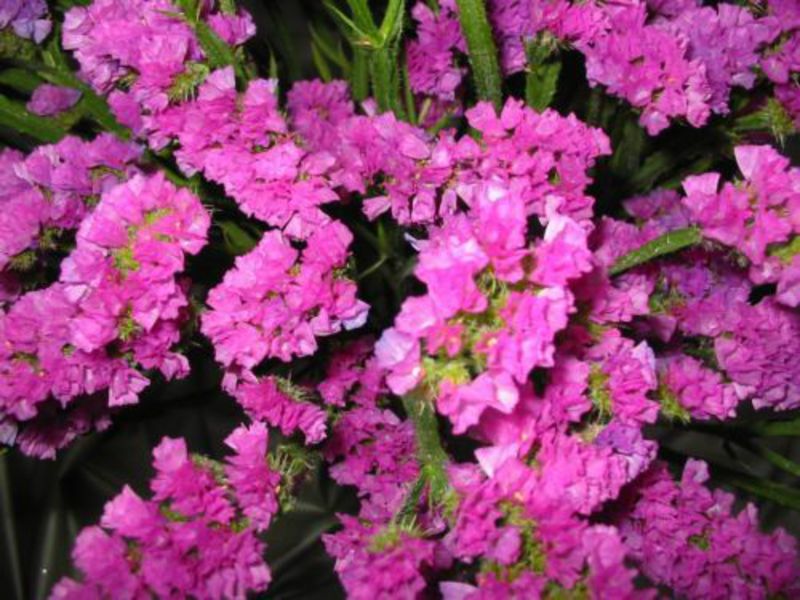
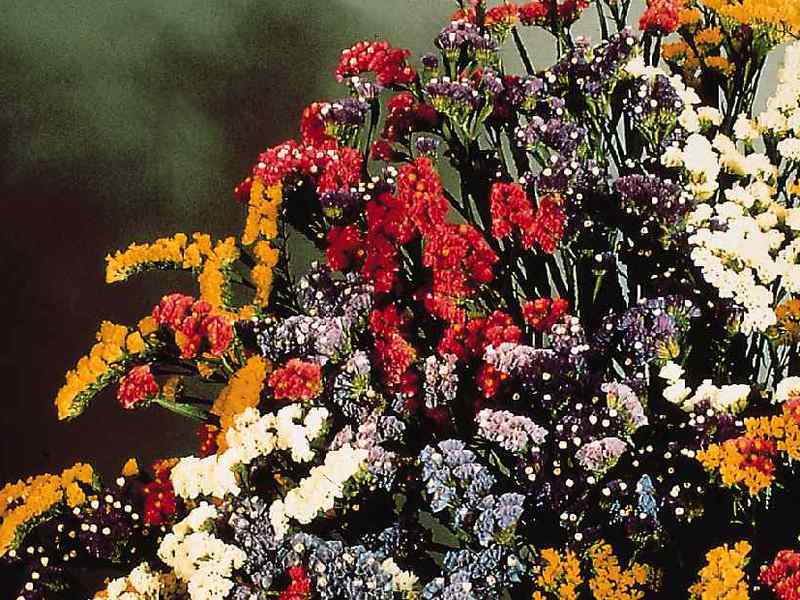
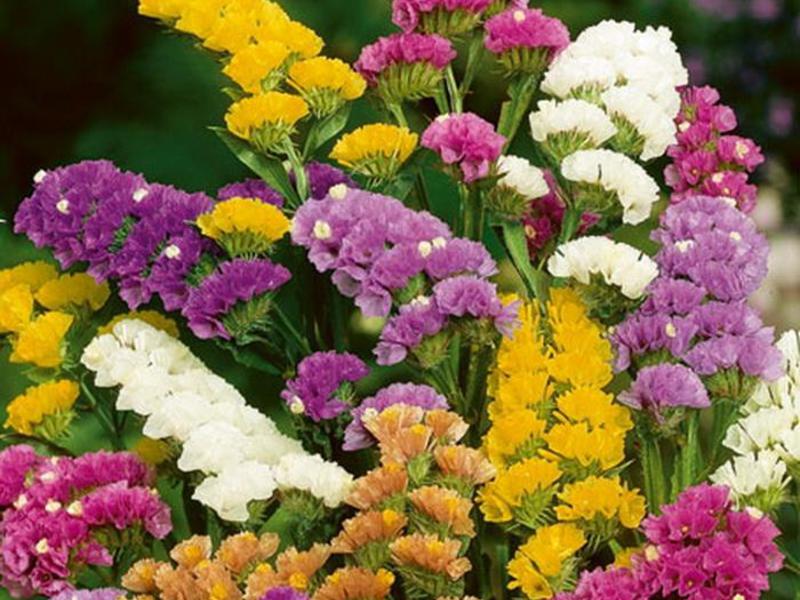

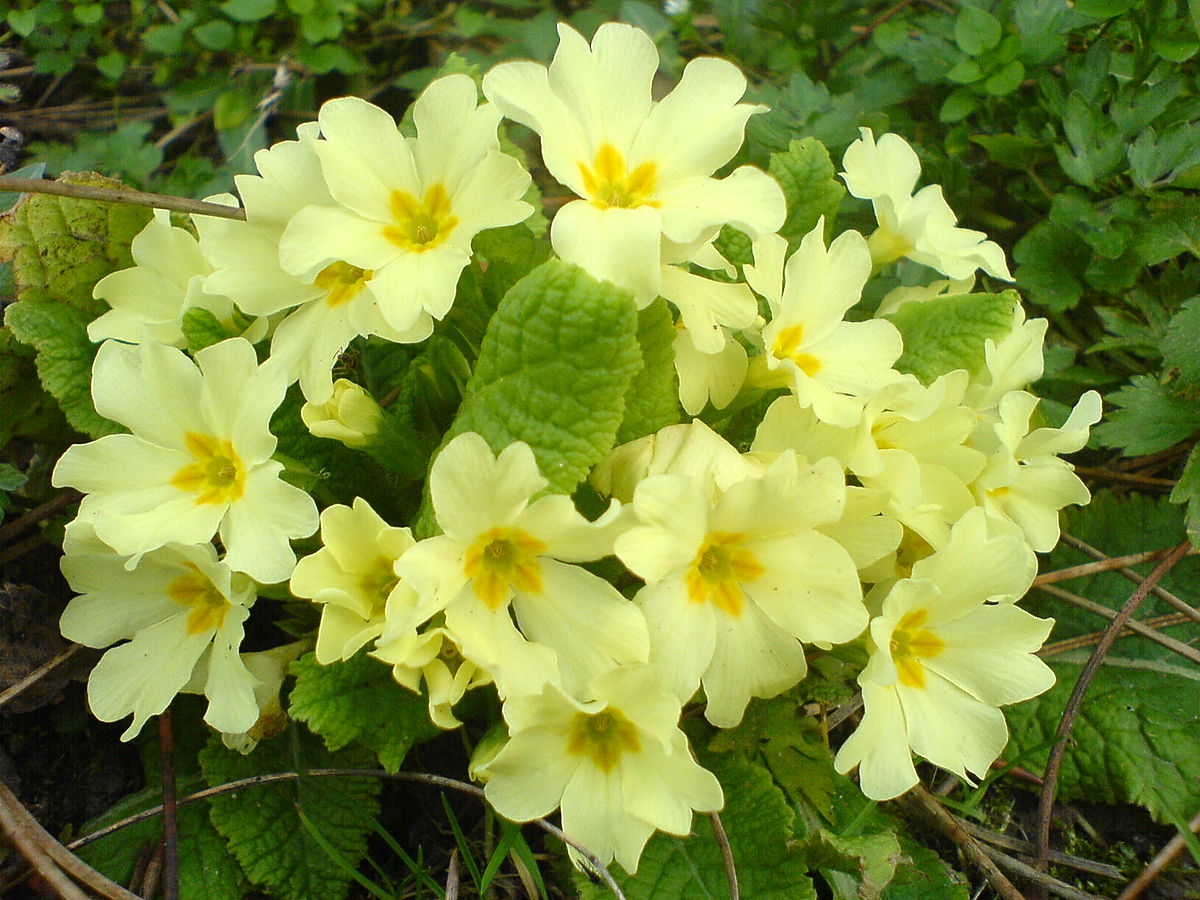
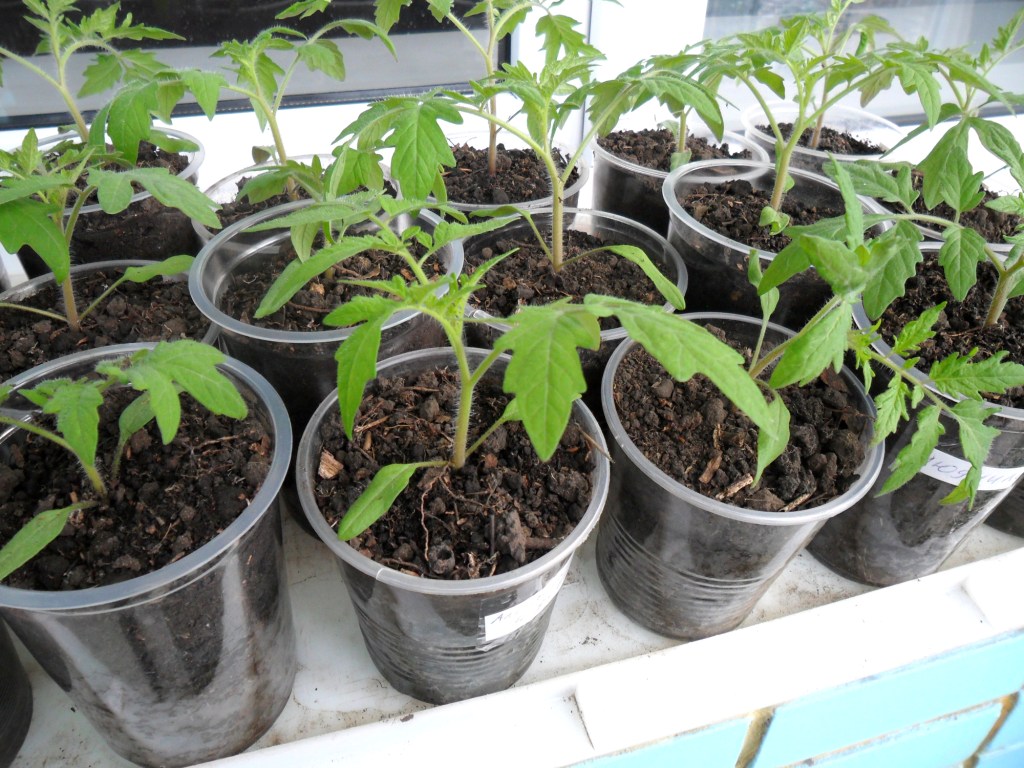
1 comment